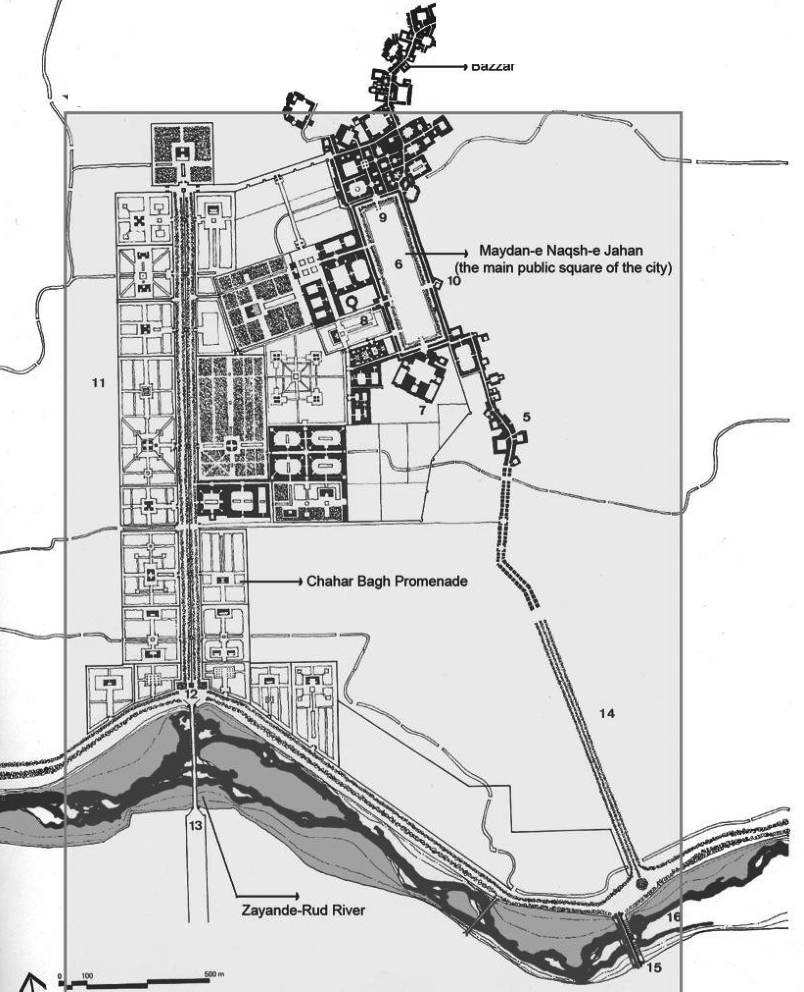——————
Expose.Berlin.5 Conference.The Great Transformation. TuBerlin Conference.The Great Transformation. TuBerlin
25.-27. Jan. 2023 – T.U.Berlin – Institute for Architecture
Program
January 25
18:30-19:30
Klima Polis book presentation and discussion
Sascha Roesler, Università della Svizzera Italiana, Mendrisio
Moderation: Lidia Gasperoni –at Halle 7
at Forum
January 26
09:00 – 09:30 Introduction to the conference
Rainer Hehl and Jörg H. Gleiter
09:30 – 10:15
Key Note lecture
The End of the Territory, Architecture and Other Disasters
Giuseppe Strappa, Università degli Studi La Sapienza Rome
coffee break
10:30 – 12:00
The Urban Form and the Town’s Storytelling
Paolo Carlotti, Università degli studi La Sapienza Rome
N.N.
Sandra Bartoli, University of Applied Science München
Between Absence and Loss: Rewriting as a Paradigm of Tansformation
Domenico Chizzoniti, Politecnico di Milano
12:00 – 12:30 Discussion
lunch break
14:30 – 16:30 Form and Meaning in the Foundation of Cities
Daria Belova, Phd candidate at Università degli studi La Sapienza Rome
N.N. Julian Raffetseder, PhD candidate at Università della Svizzera Italliana Mendrisio
Is Technique our Environment? Why and how Anthropocene Challenges Urban Morphology Nicola Marzot, TU Delft and Università degli Studi Ferrara
Criticism of Subjective Individualism Between Anthropocene and Ecocene Matteo Ieva, Politecnico di Bari
N.N. Sascha Roesler, Università della Svizzera Italiana Mendrisio
16:30 – 17:00 Discussion
coffee break
17:30 – 18:00 Workshop Assignment
Introduction by Rainer Hehl
18:00 – 19:00 Workshop part I
——————
at Forum
January 27
09:00 – 12:00 Workshop part II
12:00 – 14:30 Review/Presentations
14:30 – 15:00 Final discussion
The Great Transformation
Typology and Morphology in the Anthropocene
“The Anthropocene is the epoch in which the dialectical tension between man’s well-meant »architecture of good
intentions” and its disruptive consequences for the Earth system comes to the fore.” (Jörg H. Gleiter)
The changing environmental conditions – climate, mega cities, overpopulation and shrinking
population, rising sea levels, digitalization, and AI – are forcing people to rethink the relationship
between humans and System Earth, and with it the concept of architecture and the city as a manmade
environment.
The conference/workshop The Great Transformation. Typology and Morphology in the Anthropocene
takes a critical look at the changing conditions of typologies and urban morphology as central
architectural concepts for the creation of a meaningful human environment. It examines how and
whether the changing concept of “environment” will lead to a typological transformation of existing
urban morphology. Changing demographics, new concepts of living and housing, public
transportation, biodiversity and human and animal conviviality are factors that have an immediate
effect on typology and urban morphology.
Already in 1944 Karl Polanyi addressed the destabilization of the political order by the industrial
revolution. Today we notice that it is the aftereffect of the third industrial revolution, i. e. AI,
digitalization and smart technologies that lead to a great transformation of the climate, the eco system,
the cohabitation of species, migration, over- and depopulation eventually effecting the everyday
culture, architecture, cities and the territory at large. Under the current challenges of the Great
Transformation can be rather understood as an integral endeavor to cope with the consequences of
irreversible phenomena and there effects on architecture and city.
As the new epoch shakes the hitherto firm foundation of our understanding of the relationship between
man and earth, the question arises of what this means to urban identity and how the narratives of the
city adapt to it. Unlike previous epochs, the “becoming” of architecture, i. e. the morphological
transformations of types and models will receive important impulses from these new environmental
conditions.
What are the implications of current “environmental forces” on the spatial, morphological and
typological constitution of architecture? What are the changing and what are the stable components of
the vocabulary for architectural typology and urban morphology? The Great Transformation. Typology
and Morphology in the Anthropocene conference/workshop explores alternative narratives, concepts
and practices for the changing environment in the Anthropocene. With the themes of atmosphere,
urban form, kinship, and commonality the conference encourages a critical look at both the history and
current practice of morphological and typological studies, their interconnectedness and crossfertilization,
their historical legacy and their potential to reshape architecture and the built environment.
It critically examines design strategies for an analytical and speculative journey into a forward-looking
new spatial, urban, and territorial vocabulary for the morphological and typological transformation of
architecture in the era of the Anthropocene.
The Chair of Architectural Transformation and the Chair of Architectural Theory will invite experts from
the field of urban morphology, typology and Anthropocene studies to discuss the above issues. Next
to lectures and discussions a student workshop and the presentation of students’ work are an integral
part the conference.



